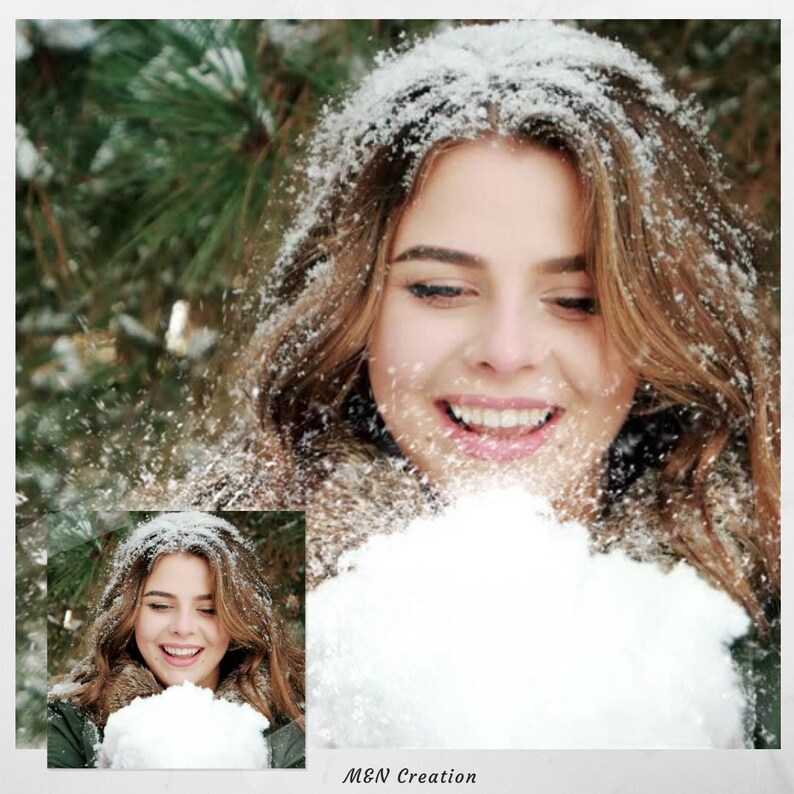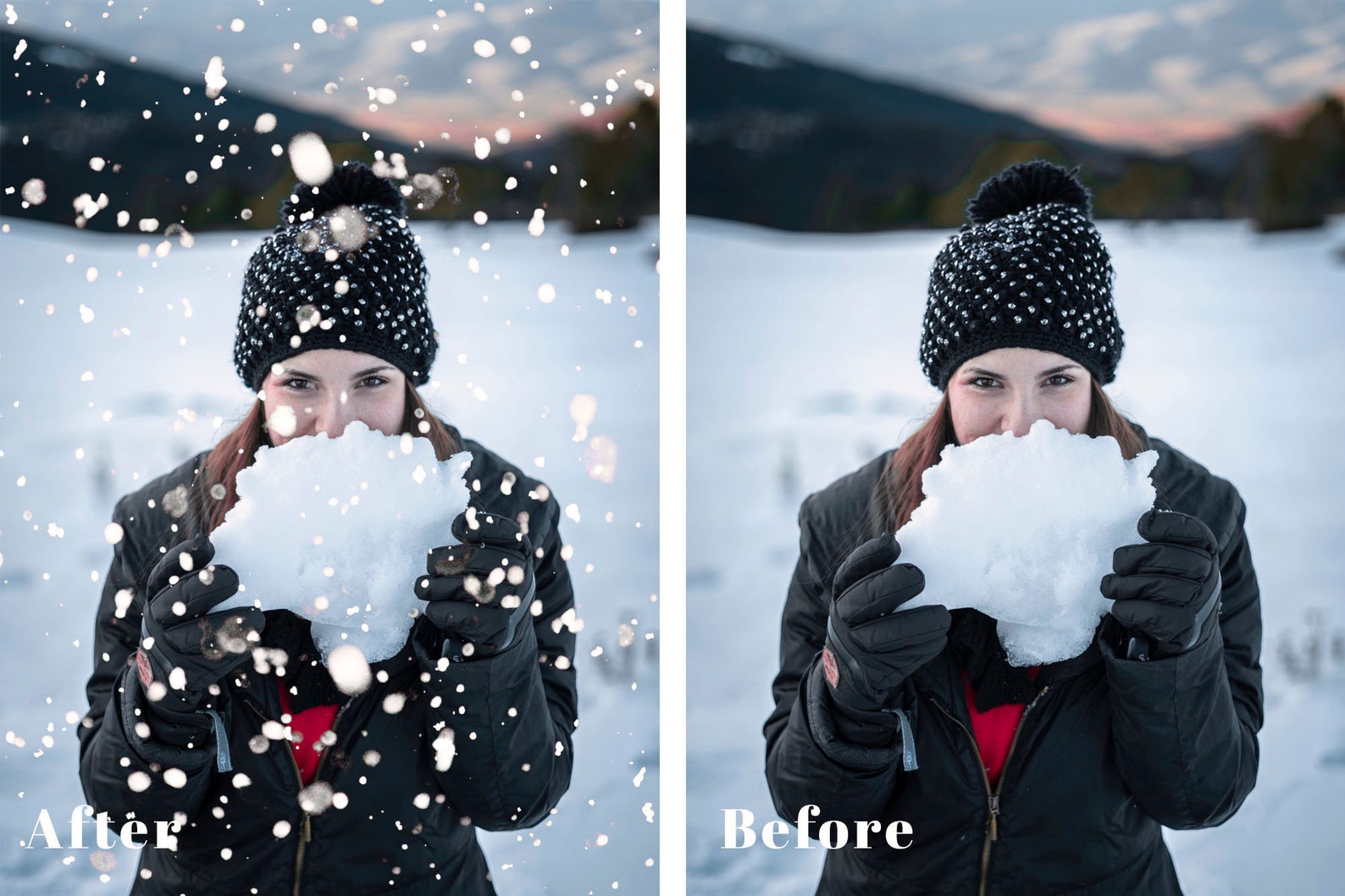

On a smaller scale, variations in snow cover can affect regional weather patterns. On such a large scale, snow cover helps regulate the exchange of heat between Earth's surface and the atmosphere, or Earth's energy balance. In terms of area, snow cover is the largest single component of the cryosphere, with almost all snow cover located in the Northern Hemisphere. Because of its ability to store water, snow has been referred to as a “reservoir.” Snow cover helps regulate the temperature of Earth's surface, and once that snow melts, the water helps fill rivers and reservoirs in many regions of the world, especially the western United States. Seasonal snow is an important part of Earth's climate system. If spring arrives too early, hibernating animals may miss out on crucial early spring food.īy studying snow, how it forms, where it falls, and how the snowpack changes over time, scientists can better understand how snow affects our planet and our society. If frost kills flowers, then there is no nectar or pollen for bees and other pollinators, and no seeds for animals. Increasingly common, false starts to spring stretch beyond the Arctic into many other parts of the globe, leaving plants, insects, migratory birds, and even crops vulnerable to subsequent freezes. This is most apparent in the Arctic, but with the Arctic warming two to three times the rate of the rest of the planet, animals like the snowshoe hares, which are white during winter and brown during summer, are more easily susceptible to predators because snow is melting earlier while many hares are still wearing their white coats. Some animals have evolved to use snow as camouflage. Snow also affects wildlife migration, hibernation, and survival. A study published in 2020 identifies global snow-drought hotspots-eastern Russia, Europe, and the western United States-where snow droughts were longer and more intense in the second half of the 1980 to 2018 period.įor current drought conditions in the United States, go to. It also means lower generation of hydropower. In areas that get a large majority of their water from winter snowpacks, snow droughts could mean lower water availability in the spring and summer. Credit: Bureau of Land Managementīeyond weather and climate, snow has far-reaching effects on people because of snow’s importance to global food, water, travel hazards, avalanche risks, and infrastructure design.
#Blowing snow overlay archive#

(MORE: 8 Cool Things to Look For During Winter)Īfter the snowy winter of 2014-15 in New England, in which a record-setting 110.6 inches of snow was dumped on the city of Boston, snow drifts buried people's cars and topped the height of their front doors. If the winds are blowing in the same direction for several hours, the snow is also going to blow in that direction, allowing snow drifts to continuously grow larger. The blowing and drifting snow has to end up somewhere, which is how snow drifts form.

Once it rises to 8 feet or higher, it becomes blowing snow.ĭrifting snow generally doesn't reduce visibility as much as blowing snow does, since it's not lifted as high into the air. The key difference is that the lifted snow remains below 8 feet. Drifting Snowĭrifting snow, like blowing snow, is defined as snow lifted from the surface by the wind. Snow Cover Was Highest In 11 Months Following Winter Storm Decima)īlowing snow can lead to snow drifts, or banks of deep snow built up by the wind, which is a nice segue into our next topic. Sometimes weather observing stations can even get confused and report "light snow" on a clear day. If winds remain strong enough behind a snowstorm, that fresh powder can still be picked up by the wind, reducing visibility with each gust. (AP Photo/The Watertown Daily Times, Justin Sorensen)

Sun and wind gusts make for limited visibility on Washington Street in Watertown, New York, Wednesday, Nov.


 0 kommentar(er)
0 kommentar(er)
